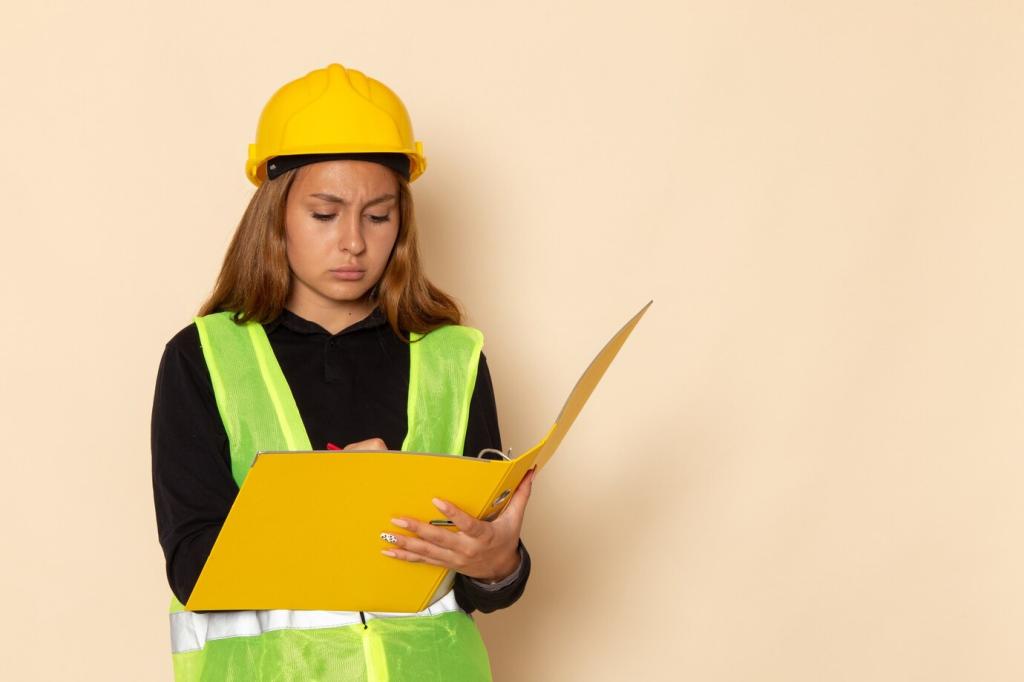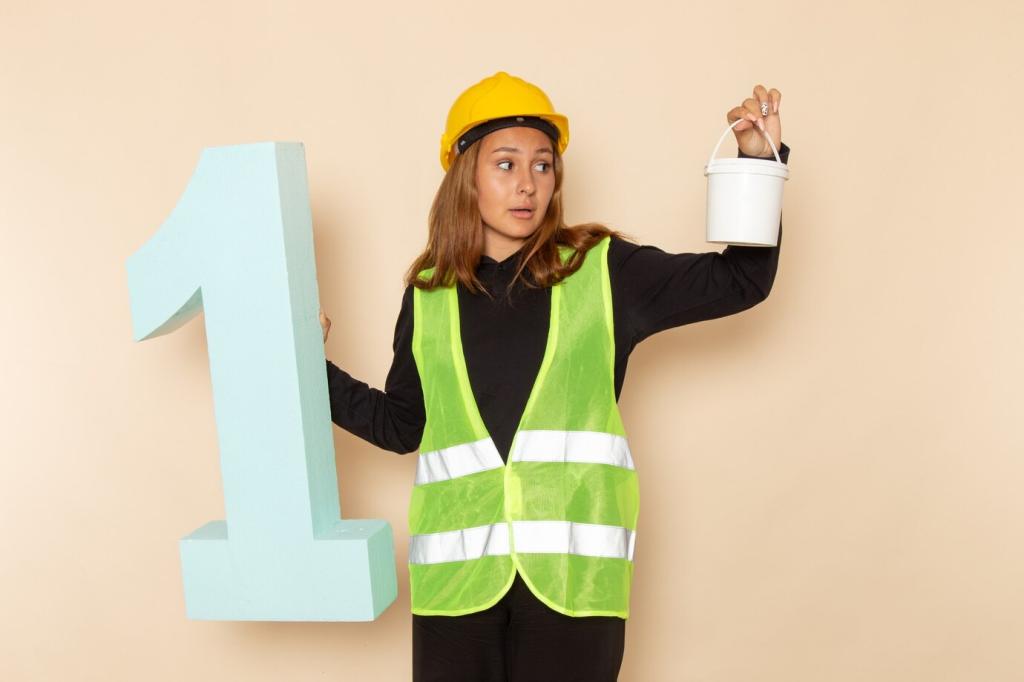Locks and Interfaces: Convenience vs. Survivability
Dial locks avoid batteries and handle heat with stoic simplicity. They’re slower and require careful dialing, but they often shrug off smoke, surge, and steam. If you access your safe infrequently, mechanical reliability may outweigh speed and convenience.
Locks and Interfaces: Convenience vs. Survivability
Keypads enable multiple codes, audit trails on some models, and fast entry under pressure. Look for external battery access and lockout protections. After a fire, electronics can suffer, so pair electronic speed with manufacturer service support and strong physical construction.




